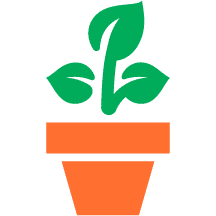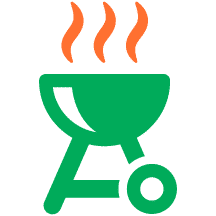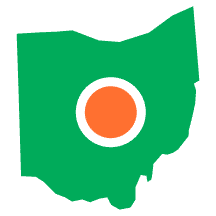Celebrate National Pollinators Month with Strader's
National Pollinators Month, recognized each June in the United States, could be our favorite celebration of the year—and the most important holiday for your garden! This holiday started as National Pollinators Week (June 22–28), and has grown into a month-long celebration of the insects and mammals that help pollinate the plants we love.
Throughout June, you can celebrate National Pollinators Month with Strader’s. At each of our six convenient locations, we have a large assortment of plants, shrubs, and trees to attract pollinators to your yard, plus habitats, pollinator-safe products, and more! You can also treat the gardener in your life to a Strader’s gift card in honor of this important holiday!
Types of pollinators in Ohio
Pollinators are the insects and small mammals that sustain our ecosystems and food sources by helping flowering plants reproduce. By transporting pollen from plant to plant, pollinators help us enjoy our annual harvests of fruits, vegetables, nuts, and oils. Here’s the buzz about pollinators in your garden:

Bees
When you think of garden pollinators, you probably think of bees—with good reason! Ohio is home to approximately 500 native bee species, who play an essential role as pollinators of agricultural crops and native plants across the Columbus area. Because bees are built to transport pollen back to their hives for honey production, they are the most efficient pollinators in the world. Bees work hard every day to pollinate plants and keep our local ecosystems healthy. In fact, one-third of the food we eat is available because of pollination by bees!
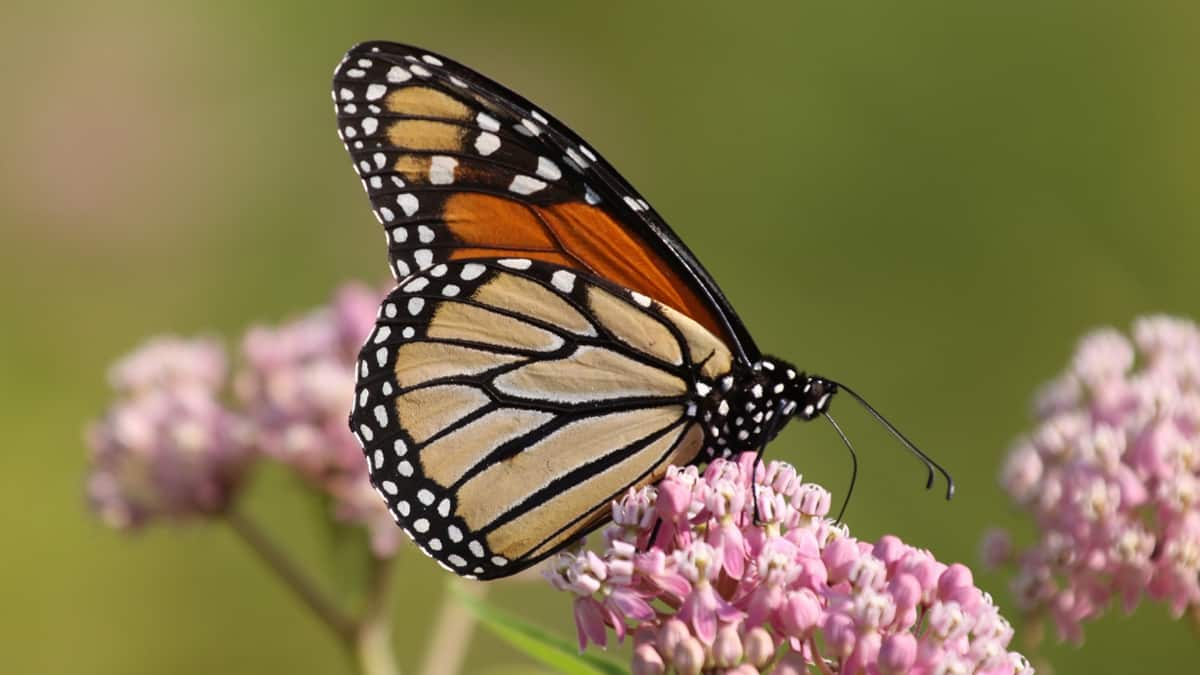
Butterflies
With over 130 species of butterflies and skippers in Ohio, it’s become a popular hobby in recent years to plant pollinator gardens in hopes of attracting native Ohio butterflies. Monarch butterflies are especially well-known in Ohio and can be found in all 88 counties. Monarchs are known for their long annual migration to and from Mexico. Typically, adults first arrive in Ohio in late spring and lay their eggs on milkweed plants. In fall, thousands of monarch butterflies start making their way south again.

Birds
Among birds in Ohio, Ruby-throated Hummingbirds are the primary pollinators for local plant habitats. Returning to the Columbus area each year after winter in South America, these little birds are excellent pollinators because they spend their days visiting flowers. Pollen is transferred when a hummingbird puts its beak into a flower to sip nectar, then carried and dropped onto the next flower it visits.
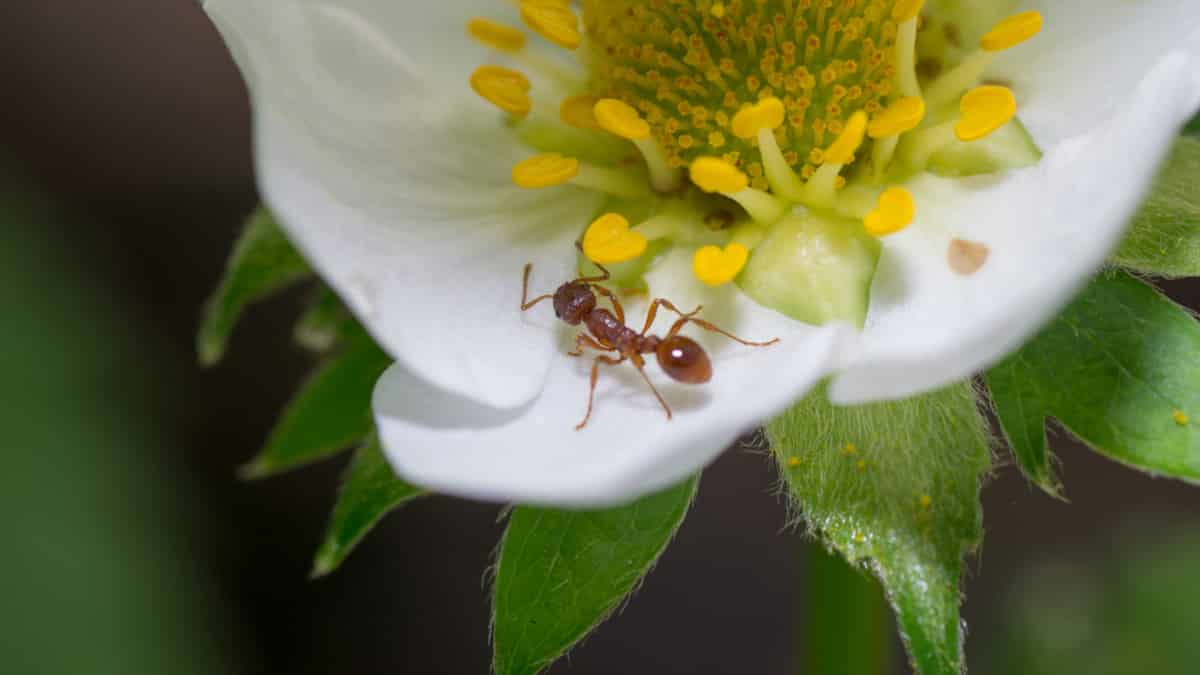
Other Ohio Pollinators
Insects like wasps, flies, moths, and ants, plus small mammals like bats and mice also help pollinate gardens in central Ohio. While most of these animals are commonly viewed as pests, they are actually extremely beneficial to your plants. So the next time you see an insect or mammal in your yard, give them some room to work their magic and bring your flowering plants to life!
How to encourage pollinators in your garden
In order to attract pollinators, it’s important to consider plant life which provides food sources to these animals, and habitats which provide shelter from the elements and other predators. Here are our tips for welcoming more pollinators to your yard this season:

Plants
- Grow flowers: Growing more flowers, especially Ohio native plants, help attract local pollinators because they provide the right kind of pollen and nectar, which non-native plants and modern cultivars may lack.
- Consider color and shape: Select flowering plants that have a variety of flower shapes, colors, and sizes to attract the widest variety of pollinators to your yard.
- Plan for blooms all season: Providing a variety of plants that bloom from early spring until late fall will help give pollinators a steady source of food throughout the year.
- Rethink weeds: Viewed by most as a nuisance in lawn care, “weeds” are actually beneficial plants that play a vital role in sustaining native pollinators. Consider tolerating weeds like dandelions, milkweed, goldenrod, and clover, which are important sources of food for Ohio pollinators.
- Shop Strader’s for pollinator-friendly plants:
Trees—maple, crabapple, linden, and serviceberry
Shrubs—ninebark, pussy willow, and viburnum
Perennials—aster, hyssop, milkweed, and purple coneflower
Annuals—cosmos, marigold, sunflower, and zinnia
Herbs—basil, catmint, lavender, and oregano
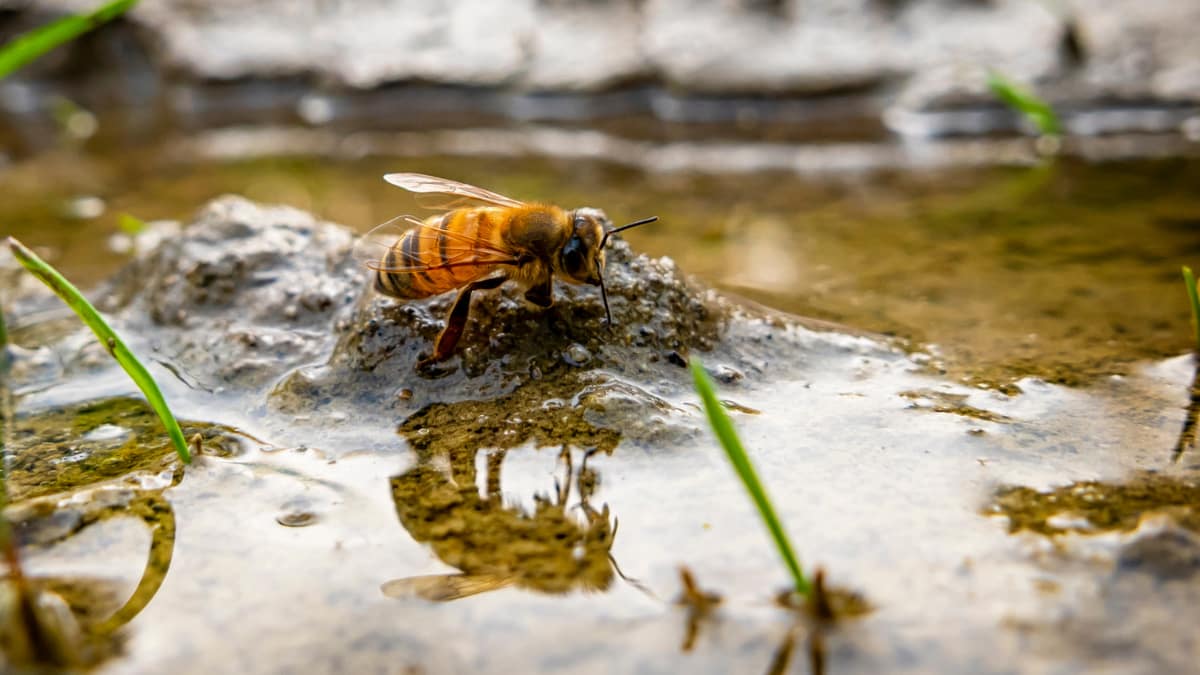
Habitats
- Provide a water source: A pollinator-friendly water source like a shallow tray filled with water and pebbles provides a safe landing place for a quick drink without drowning. Be sure to change the water 2-3 times per week during warm weather when mosquitoes are breeding.
- Leave shelters in place: Although some pollinators migrate in the winter, many native bees stick around, nesting in grasses or hollow stems of spent perennials. Leaving these shelter structures in your yard until later in spring will help overwintering pollinators emerge from their winter homes ready for the new season. Strader’s also carries an assortment of shelters like butterfly houses, bat houses, and bee boxes! Select flowering plants that have a variety of flower shapes, colors, and sizes to attract the widest variety of pollinators to your yard.
- Help young pollinators: While adult pollinators often feed on nectar and pollen, they also seek food sources to support their young. A variety of native plants such as milkweed, oak, elm, clover, parsley, dill, fennel, and grasses help support larvae as they grow and mature into the pollinator species we love!
From Ohio native plants to pollinator shelters and more, Strader’s is your source for attracting more pollinators to your garden all season! Stop by any of our six convenient locations across Columbus and our friendly staff can help you select the right products during National Pollinators Month!

